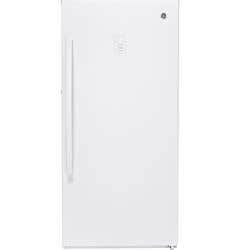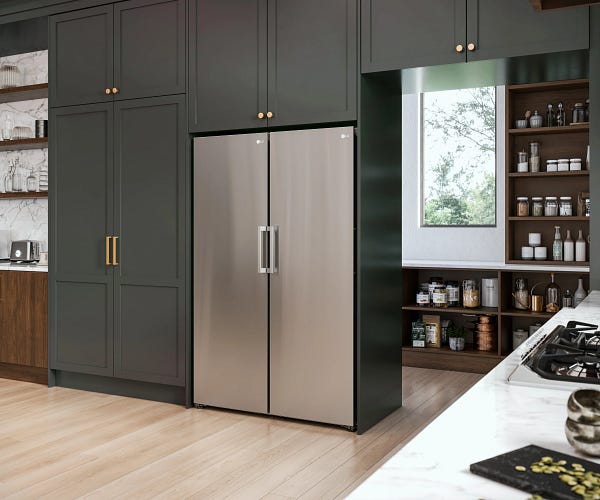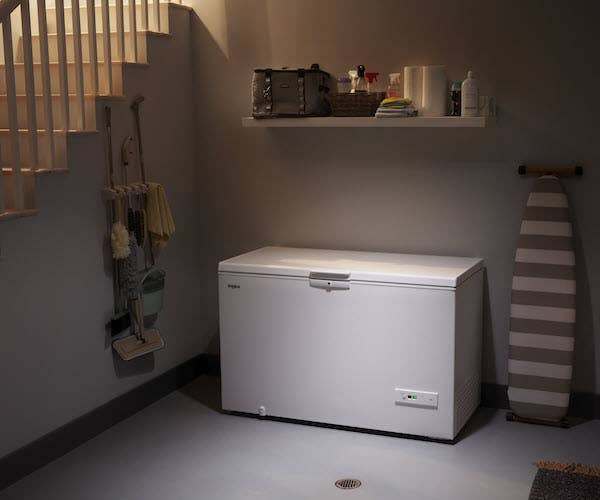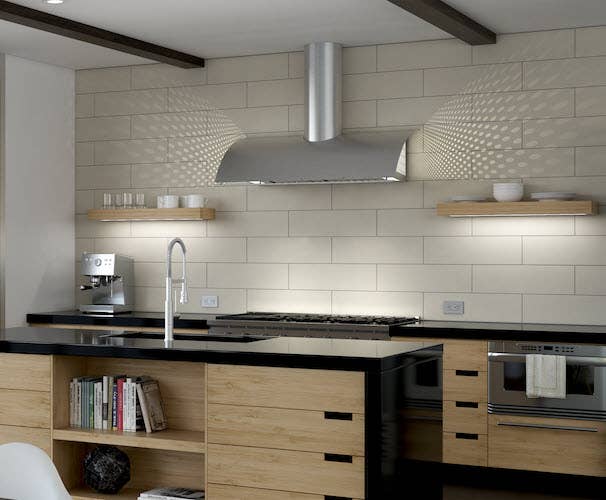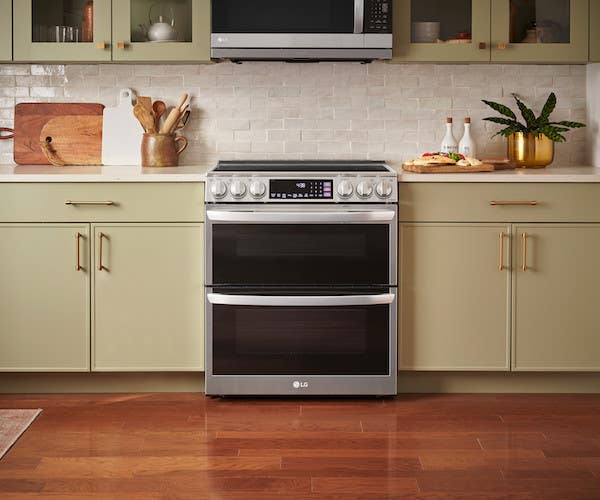Selection criteria for choosing a freezer
Freezer dimensions
As with refrigerators, measure the length, height and width of the space designated for the new freezer. Add clearance of 1 to 2 in. (2.5 to 5 cm) all around for proper ventilation of the unit.
Also calculate the door opening clearance, whether for a side opening direction (left or right) or upward. Some doors need to be opened at more than 90 degrees when shelves are being removed or replaced.
To ensure a hassle-free delivery, check that door frames are not too small and remove any obstacles from stairs. Some models have casters that can make it easier to move them for delivery or cleaning.
Type of freezer
There are two types of freezers on the market: horizontal or vertical.
You will save money with the horizontal or chest freezer, since it is the least expensive one on the market. The door to this freezer opens upwards. It also holds more food than other models and leads to less freezer burn.
In the unfortunate event of a long power outage in your home, the horizontal freezer maintains the temperature better in the short term. It is important to regularly defrost the ice that accumulates on its walls. Since food is added from the top, it’s more difficult to organize and visualize the contents.
Upright freezers look like small or large refrigerators, depending on their size. Their doors open from right to left or from left to right. They are suitable for small spaces since they can be placed under a piece of furniture, for example. It is easier to see their contents thanks to the shelves and the modular bins, and this model takes care of its own auto defrost.
Freezer capacity
The volume of a freezer is of particular importance since you are buying it to store as much food as possible. Most units range from about 6 to 25 cubic feet. From this, we have to deduct the volume of shelves and bins, which change the capacity but are often not calculated in the advertised volume.
We recommend that you calculate approximately 2.5 to 4 cubic feet per person for standard use but increase capacity if you freeze a lot of food. To avoid food waste and to keep your freezer running smoothly, always keep about one-third of the volume unoccupied to promote efficient air circulation inside.
Internal layout of the freezer
When it comes to internal organization of the freezer, let’s get down to the basics. Choose perforated and transparent bins over sealed and opaque ones, as you will be able to see the contents better. Some freezers have adjustable dividers or shelves to store your meals and frozen food more efficiently.
Colour and finish
Freezers are usually white, but they are also available in black and stainless steel with a matte or glossy finish.
Noise level
Most freezers do not emit more than 40 decibels of noise. Some are even quieter. So you won't have to worry about noise, unless your freezer is located in a bedroom, living room or office.
Energy consumption
To optimize your freezer’s energy consumption, keep it away from a heat source such as a radiator. Never leave it empty, if possible, because the compressor will work harder. Put water bottles inside to occupy the space if you have to leave it for an extended period of time.
A freezer with LED lighting and exterior controls will use less energy, like Energy Star® appliances. Be aware, however, that freezers with auto defrost consume more energy.
Other interesting features
Are you worried about children getting into the freezer? A door lock will come in handy, as will an open door signal in case you forget. Some freezer models contain fast or moderate freeze compartments, ideal for ice cream, for example.
Have you made up your mind? Check out the different freezers available at Corbeil or come by the store to talk to one of our advisers!
Best Sellers


